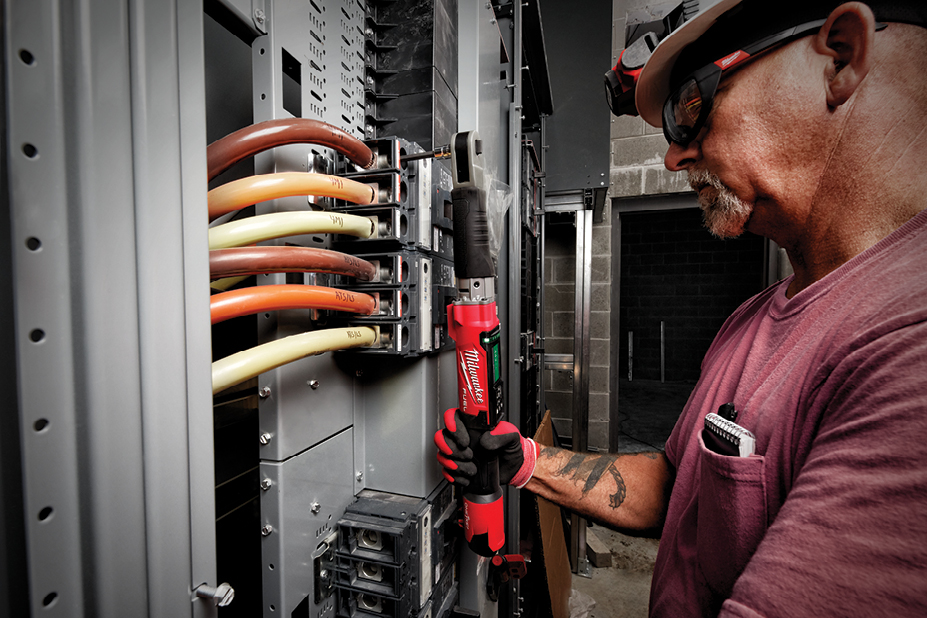The importance of torquing electrical connections is not a new concept. In fact, research has shown that up to 90% of electrical failures occur at connections. As such a critical part of the process, it’s not surprising that the National Electrical Code (2017) states that “listed and labeled equipment shall be installed and used in accordance with any instructions included in the listing and labeling” in installation standard 110.3(B).
A new addition in 2017 provides further clarification in regard to torquing by requiring “where a tightening torque is indicated as a numeric value on equipment or in installation instructions provided by the manufacturer, a calibrated torque tool shall be used to achieve the indicated torque value, unless the equipment manufacturer has provided installation instructions for an alternative method of achieving the required torque.” (NEC 2017 110.14(D))
The Importance of Properly-Applied Torque
Electricians have a responsibility to install conductors and make connections according to the manufacturers’ instructions. Unfortunately, it’s commonplace for many electricians to tighten connections one of three common ways: (1) With a torque tool that may not be calibrated properly, (2) Using an impact and then a torque wrench, (3) Manually applying torque with a crescent wrench and using the torque wrench to get to the torque value. These professionals may believe they know how to accurately tighten connections this way because everything has traditionally worked fine once the equipment is energized. Unfortunately, what they rarely see is what happens years down the road when these connections start to fail.
Over-Tightened Connections
- Potential to yield a fastener or put too much pressure on the wire, resulting in hot flash.
- Could cause the fastener to break, cut the wire, and damage the connection.
- Over time, the connection could begin to overheat and fail.
Loose Connections
- Over time, connection could experience thermal runaway. This could result in high temperatures, leading to equipment damage and, in some cases, structural fires.
- Can result in loss of energy – a problem for building owners who want to cut costs.
- When the conductors aren’t making good contact, arcing, sparking, and overheating can happen – resulting in fire.
The Traditional Tools –and Their Shortcomings
Unfortunately, to make proper connections in accordance with the NEC, electricians have had to resort to a lengthy, multi-tool process. This process involves:
- Taking a hand tool or impact to run down the fastener
- Holding the fastener in place with pliers
- Recording the read-out via paper or similar spreadsheet (which often includes manually changing in-lbs to ft-lbs)
Additionally, some electricians are often asked to wait for an inspector prior to making these connections so that the documentation is ensured to be accurate – potentially postponing the installation by days or even weeks.
This entire process can ultimately bring productivity to a standstill.
A Solution to the Multi-Step, Multi-Tool Connection Process
The M12 FUEL™ Digital Torque Wrench w/ ONE-KEY™, the first torque wrench with a motor, streamlines the overall connection process through a fully-digital application and reporting experience all performed on the tool.
For more information visit www.milwaukeetool.com
HOW TO USE
- Set Target Torque
- Pull Trigger To Max RPM – Tool will automatically stop prior to target torque to prevent over-torquing
- Finish By Hand To Reach Target Torque
- Press To Save Record Optional
HOW TOOL REPORTING WORKS
- Torque – Torque down fastener until Target Torque is achieved
- Save – Save event on tool and connect tool to ONE-KEY™ app
Report – Download and Print Customizable Torque Reports





